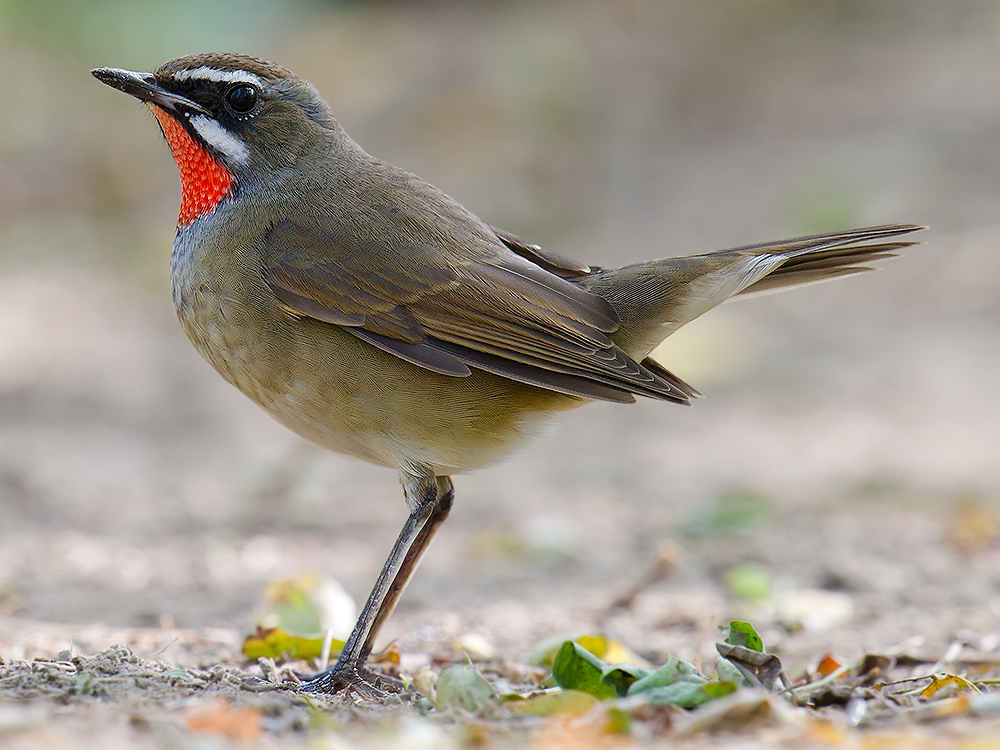In the quiet thickets of Siberia and Northeast Asia, a tiny bird flashes like living fire: the Siberian Rubythroat (Calliope calliope). Modest in size, often hidden among dense undergrowth, this songbird is transformed when the light catches its throat — a dazzling ruby-red patch in males that glows like a drop of molten sunrise.
Each spring, the rubythroat embarks on an epic journey. From its breeding grounds across Siberia, it migrates thousands of kilometers southward, wintering in India, Southeast Asia, and southern China. For birders, spotting one outside its usual range — such as a rare appearance in Europe — is a moment of awe, a flash of color that feels almost mythical.
Despite its beauty, the Siberian Rubythroat is not just decoration in the forest. Its songs — a rich, warbling melody — signal territory, courtship, and the resilience of a bird that thrives in some of the world’s harshest landscapes. Yet, like many migratory species, it faces growing threats: habitat loss in wintering grounds, climate shifts that disrupt its long journeys, and the silent pressure of human development.
To glimpse a Siberian Rubythroat is to witness both fragility and endurance — a spark of scarlet in a world of green and gray, reminding us how even the smallest creatures carry the colors of wonder.
